How to Read a Car VIN Number: Complete Guide for Used Car Buyers in Cyprus
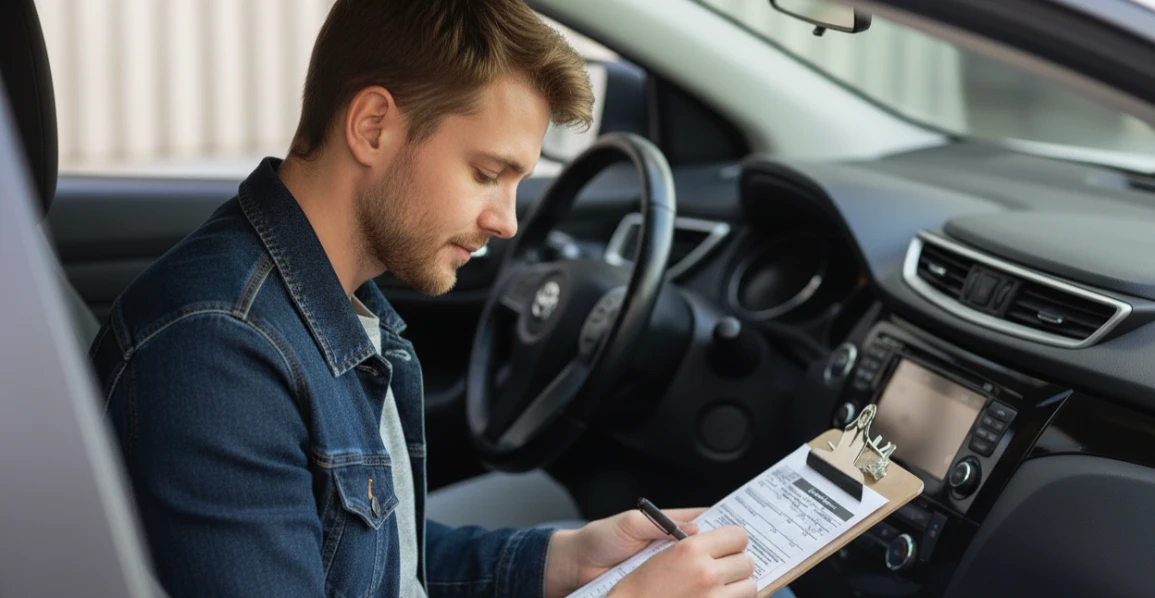
Every used car keeps its own history. Behind a polished body and a flawless interior, unpleasant surprises can hide: a rolled–back odometer, the consequences of a serious accident, or the status of a "flood car" bought for a pittance at a foreign auction. The owner can tell any legend. But there is one irrefutable source of facts – a 17–character combination stamped onto the metal. Its name is the VIN number.
This code is the unique genetic marker of the car, its permanent personal file. The skill to decode it transforms a regular buyer into an expert, able to learn more reliable information about the car in a few minutes than the seller will reveal in an hour. Knowing how to work with a VIN is necessary when buying, registering, selecting parts, and even when renting.
Let's delve into the art of reading this code: where to find it, what each character means, and how to uncover the whole truth with its help.
What is vin number of a Car: Decoding the Concept
This is the international acronym for Vehicle Identification Number. The code is assigned to every car on the assembly line and accompanies it throughout its entire service life. It is absolutely unique, like a DNA or a fingerprint. There are no two vehicles in the world with a matching VIN code.
In everyday language, you might hear other definitions:
- Body Number. A common but not entirely accurate term, as the VIN identifies the entire vehicle.
- Chassis number. An outdated term, relevant for older, body–on–frame vehicles where the number was stamped on the frame. It is rarely used for modern passenger cars with a unibody construction.
- Serial number. A VIN does serve as a serial number, but this term does not reflect all the information encrypted within it.
The only correct and internationally accepted name is the vin number car. The global standard for the 17–character code was adopted in 1981, and since then, all major automakers have used it.
The Structure of a VIN Code: Reading the Characters
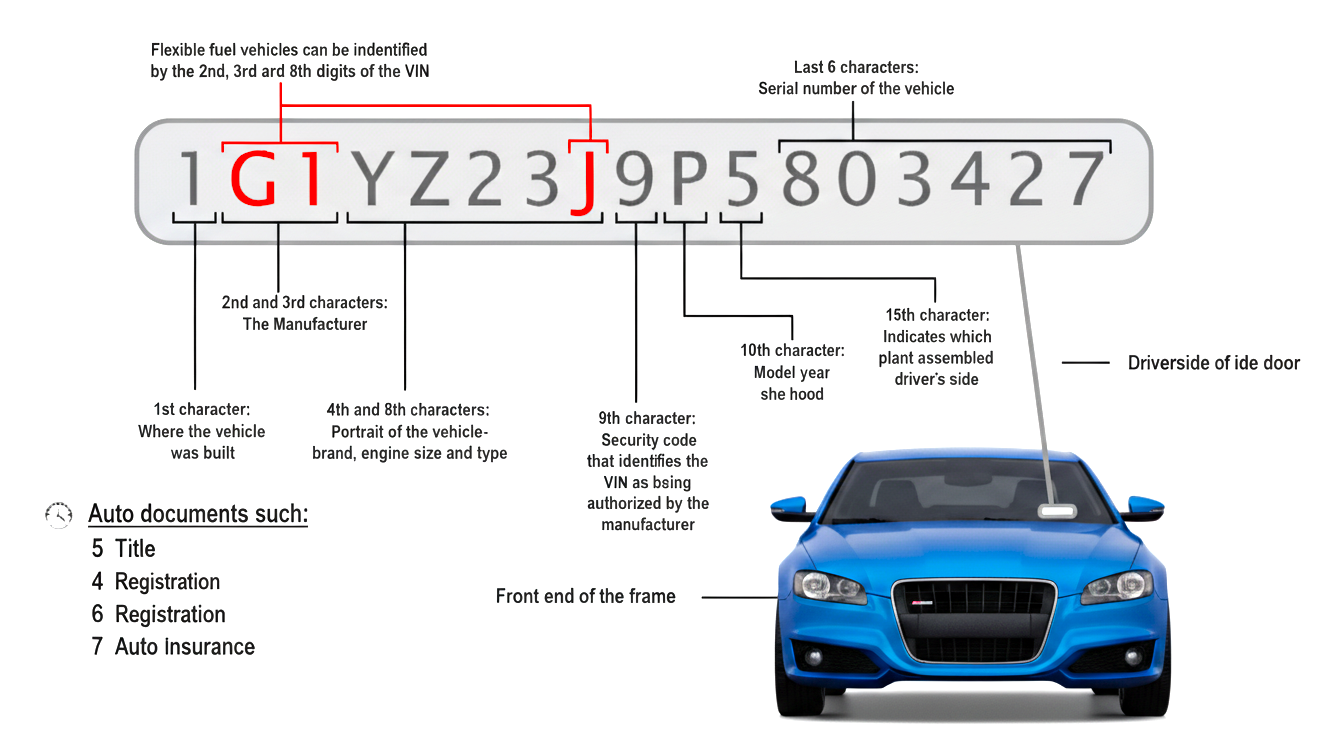
The seventeen–character VIN number is not a random set of characters but a strictly structured code, a kind of car biography in miniature. Each character or group of characters tells its part of the story. Let's break this structure down into three main acts.
Act One: Origin (Characters 1–3)
The first three characters are the WMI (World Manufacturer Identifier). It answers the question "who and where?".
- The first character indicates the geographical zone (e.g., 1, 4, 5 – USA; J – Japan; S–Z – Europe).
- The second character specifies the country within that zone.
- The third character designates the manufacturer itself.
This group of characters is the easiest to decode and immediately gives an understanding of the car's "nationality."
Act Two: Characteristics (Characters 4–9)
The next six characters are the VDS (Vehicle Descriptor Section). This is where the technical essence of the car is encrypted:
- Model and body type (sedan, hatchback, SUV).
- Engine type and displacement.
- Transmission type.
- Safety systems installed at the factory.
- The ninth character is a check digit, calculated by a special formula. It serves to verify the authenticity of the entire code.
It is in this section that manufacturers have the most freedom, so a specialized decoder is often needed for an accurate interpretation.
Act Three: Identification (Characters 10–17)
The last eight characters are the VIS (Vehicle Identifier Section). This is the unique "passport number" of the specific vehicle.
- The tenth character encodes the model year. It's important not to confuse it with the year of manufacture: a car produced in late 2024 may have a 2025 model year.
- The eleventh character indicates the specific plant where the car was assembled.
- Characters 12 through 17 are the unique production number of the machine, assigned to it on the assembly line.
Let's consider an example. Imagine you have a vin number toyota. The first three characters will likely be "JTD," which decodes as follows:
- J – Japan (country of production).
- T – Toyota (brand).
- D – Passenger car (vehicle class).
It should be noted that the letters I, O, and Q are not used in the VIN code to avoid confusion with the numbers 1 and 0.
Where to Find the VIN Code on a Car
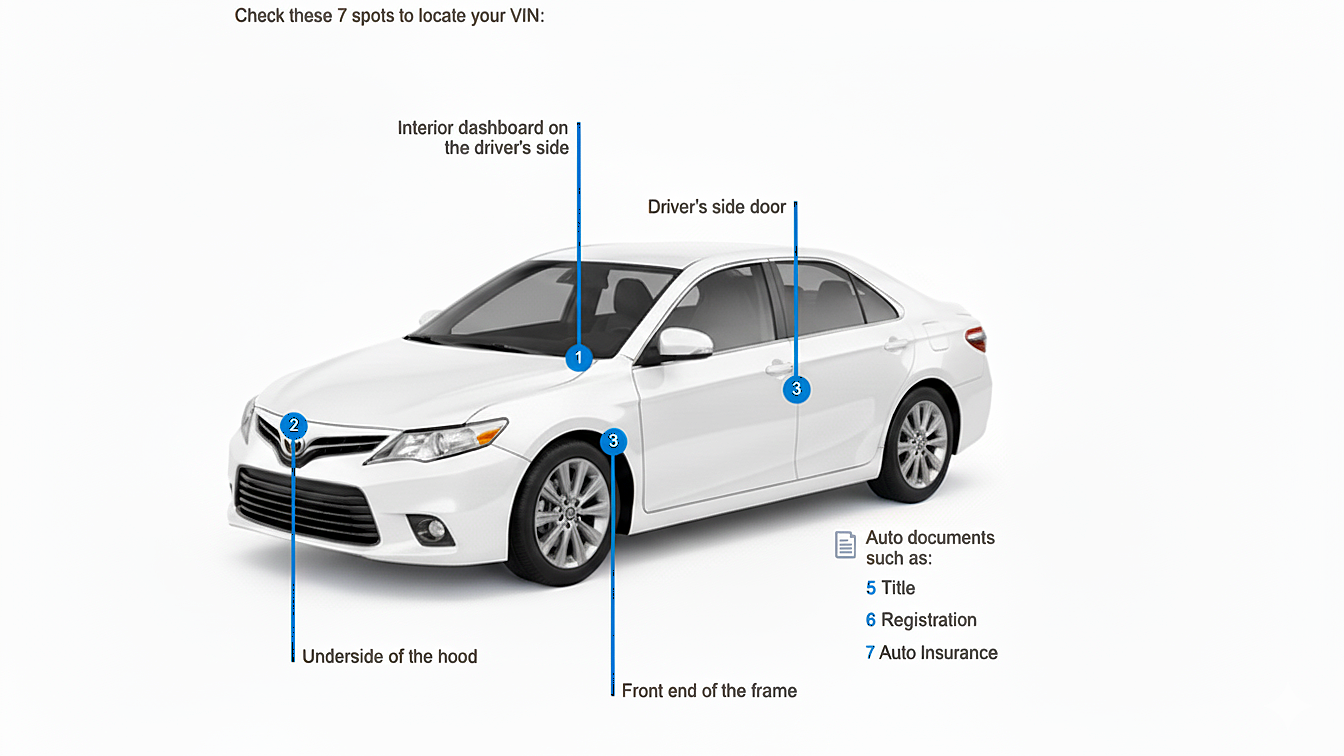
Manufacturers place the VIN code in several locations on the body and in the documentation to protect against theft and fraud. Most often, it can be found:
- Under the windshield. In the lower-left corner on the driver's side, there is a special plate visible from the outside. This is the most accessible place for a quick check.
- On the door pillar. In the driver's or passenger's door jamb, there is a sticker or metal plate with the VIN and additional information (tire pressure, paint code).
- In the engine bay. The code is often stamped on the firewall (the partition between the engine and the cabin) or on one of the strut towers.
- In the documents. The VIN number is mandatory in the vehicle registration certificate, title, and insurance policy.
Tip! When inspecting a used car, always compare the VIN in all available locations. The code must be identical, clear, and without any signs of tampering. Any discrepancies are a strong reason to walk away.
What Is a VIN Code For?
This is a universal key to information, indispensable for a car owner. Here is what it's used for:
- History Check. The main function when buying on the secondary market. Using online services, you can track accident history, real mileage, liens or seizures, and commercial use (taxi, car-sharing) via the VIN code.
- Registration. When registering a vehicle with government authorities, including the Department of Transport in Cyprus, an inspector compares the VIN on the car with the one in the documents.
- Parts Selection. To order the correct part for your car, especially for a rare model, the most reliable way is to use the VIN. It allows for precise identification of the original catalog number.
- Recall Campaigns. On manufacturers' official websites, you can check if your car is subject to any free repairs under service campaigns by entering the VIN.
- Theft Identification. In the event of a theft, the car is entered into wanted databases using its VIN code.
How to Check a Car by its VIN Code
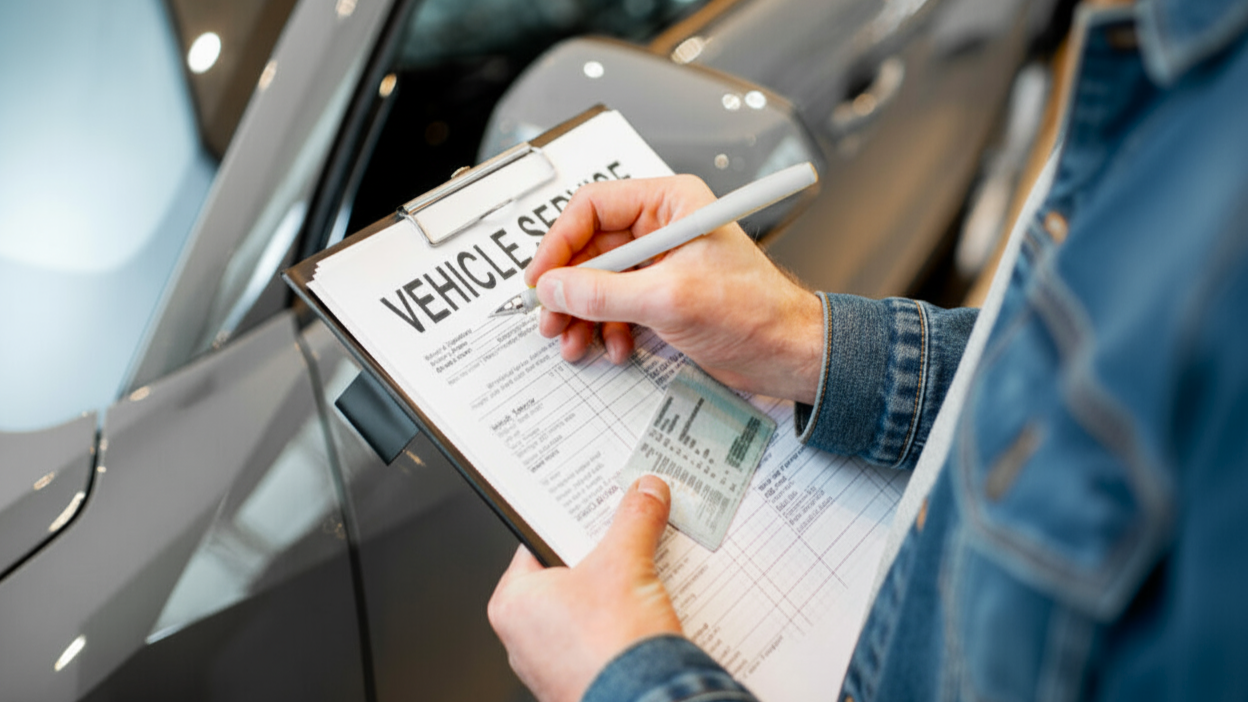
There are many online resources that provide vehicle history reports by its VIN. They can be divided into two types.
Service Type | Examples | Information Provided |
Free | VIN Decoders, manufacturers' websites | Factory specifications, model year, country of assembly. Limited use for history checks. |
Paid | CarVertical, AutoDNA, Carfax | Complete biography: accidents, mileage records, service history, number of owners, legal issues. |
Specifics of Checking VIN for Imported Cars in Cyprus
Special vigilance should be exercised when checking the VIN if a car was imported to Cyprus from another country, especially from the UK or Japan, which is a common practice. In such cases, a VIN report can reveal critically important information.
For example, cars from the UK may have a "written–off" status after a serious accident. Salvage categories (e.g., Cat S – structural damage) indicate that the car was deemed unsafe to repair. Such cars are often bought cheaply, repaired, and exported. A VIN check will help uncover this fact and save you from buying a potentially dangerous car. Similarly, for cars from Japan, you can check the history through Japanese auction databases, which record the real mileage and all defects.
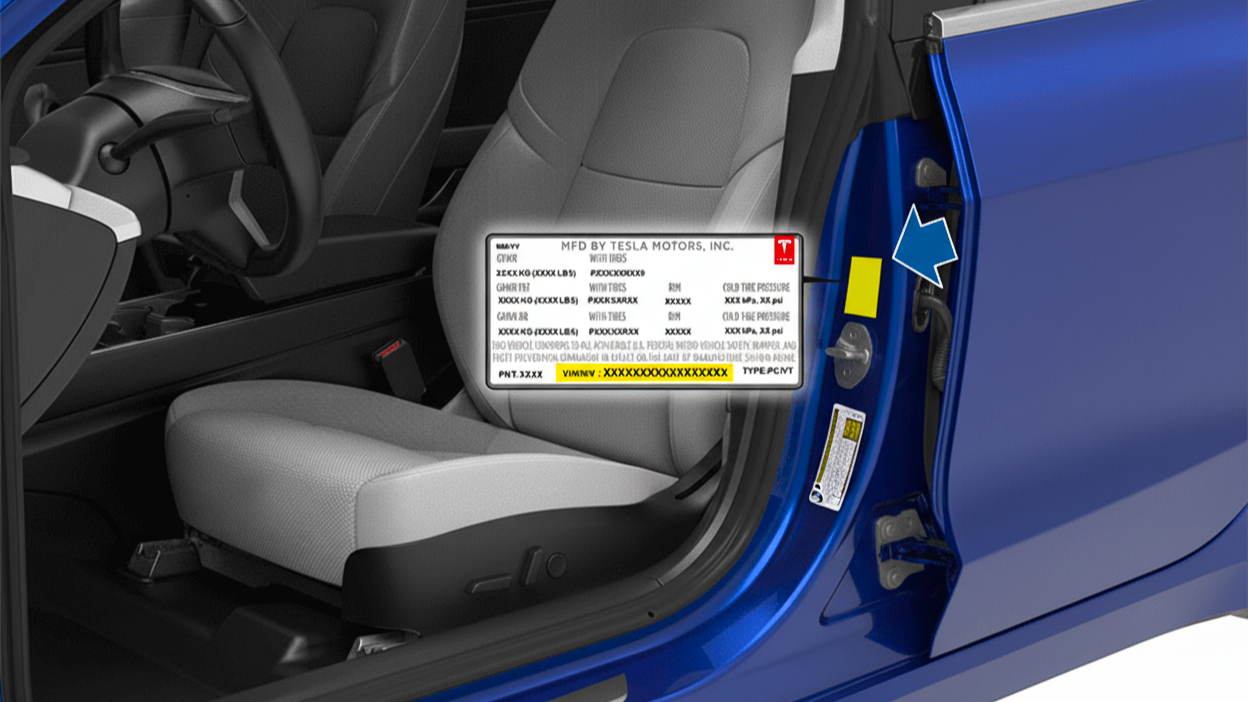
If you prefer to choose from vehicles already checked and approved, browse our catalog of used cars in Cyprus — all listings include verified VIN numbers and detailed specifications.
For checking a car that has been operated in Cyprus or Europe, services like CarVertical are best, as they aggregate data from numerous European databases. The cost of a full report is usually €15–€25 – a small price to pay to avoid buying a problem car. Here is what you can learn from a paid report:
- Real Mileage. The service compares data from various sources (inspections, insurance claims) and identifies instances of odometer rollback.
- Accident History.You will get information on insurance payouts, photos of the damage, and repair data.
- Ownership History.You will learn how many owners there were and in which countries the car was operated.
- Legal Restrictions. A check against databases for liens, thefts, and other encumbrances.
In Conclusion
The VIN number is an indispensable tool for anyone dealing with cars. It allows you to look into a car's past and make an informed purchase decision. Checking the vin number car is a mandatory procedure that will protect you from fraud and legal problems.
In Cyprus, where a significant portion of the car fleet consists of imported used cars, the ability to work with a VIN code is particularly valuable. Be attentive, use modern services, and trust only the facts. Ultimately, the serial number of your future car is your guarantee of peace of mind.


